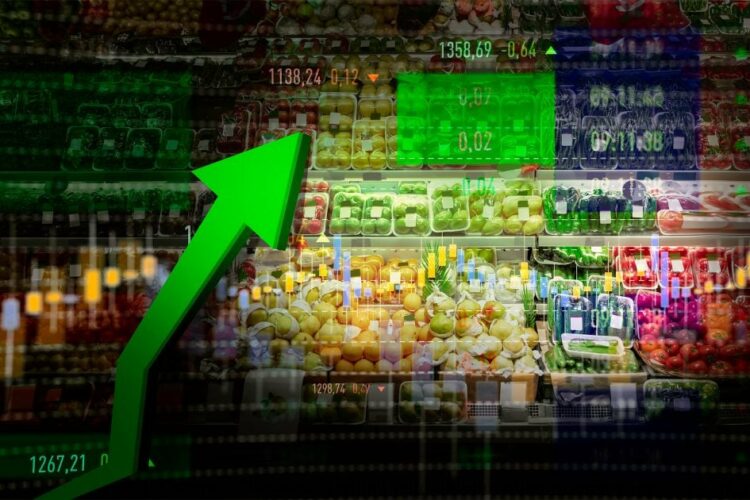Swelling is, oddly, both unbelievably easy to comprehend and ludicrously muddled.
We should begin with the least difficult adaptation: Inflation happens when costs extensively go up.
That “comprehensively” is significant: At some random time, the cost of products will change dependent on moving preferences. Somebody makes a viral TikTok about brussels sprouts and abruptly everybody’s gotta have them; sprouts costs go up. In the mean time venders of cauliflower, last season’s popular veg, are basically parting with their merchandise. Those variances are steady.
It’s anything but something terrible. In the United States, for the beyond 40 years or somewhere in the vicinity (and especially this century), we’ve been living in an optimal low-and-slow degree of expansion that accompanies a very much oiled customer driven economy, with costs increasing by around 2% every year, if that.
Indeed, costs on certain things, such as lodging and medical care, are a lot higher than they used to be, however different things, similar to PCs and TVs, have become a lot less expensive the normal of the multitude of things consolidated has been somewhat steady.
The dollar moved back from close to a right around 16-month high versus significant friends on Monday, as dealers anticipated new pieces of information on the U.S. economy subsequent to presenting wagers last week for a Federal Reserve financing cost climb on the rear of scorching swelling.
Be that as it may, gains in the intensely euro-weighted dollar record have additionally been helped by a hang in the single cash, with the European Central Bank showing up improbable to change its amazingly hesitant approach settings in the close to term against the scenery of an easing back economy.
At the point when ‘expansion’ is an awful word
Swelling becomes hazardous when that low-and-slow stew gets started up to a bubble. That is the point at which you hear business analysts talk about the economy “overheating.” For an assortment of reasons, generally originating from the pandemic, the worldwide economy winds up at a thorough bubble at this moment.
In the United States, costs have climbed 6.2% the greatest increment since November 1990, and well over the Federal Reserve’s drawn out expansion objective of around 2%.
Also, here’s the place where Econ 101 consolidations a piece with Psych 101. There’s a social financial matters perspective to swelling where it can turn into an unavoidable outcome. At the point when costs go up for a long sufficient timeframe, buyers begin to expect the cost increments. You’ll purchase more merchandise today if you think they’ll cost obviously more tomorrow. That expands request, which makes costs rise considerably more. Etc. Etc.
That is the place where it can get particularly interesting for the Federal Reserve, whose fundamental occupation is to control cash supply and hold swelling under wraps.
The headliner on the U.S. financial schedule this week will be Tuesday’s retail deals information, especially after an overview on Friday showed buyer certainty startlingly plunged to 10 years low toward the beginning of November as high expansion hit feeling.
Later on Monday, ECB president Christine Lagarde will talk before the Committee on Economic and Monetary Affairs of the European Parliament.
John Kaczynski lives in America. His mother is house-wife and his father is a cartoonist. After high school, John attended college where he attended childhood education and child psychology. After college, they worked with special needs children in schools. He had always been interested in what he had decided to go to the publication before becoming a writer. More than that, he published a number of news articles as a freelance writer on The Insure Life.
Disclaimer: The views, suggestions, and opinions expressed here are the sole responsibility of the experts. No The Insure Life journalist was involved in the writing and production of this article.

